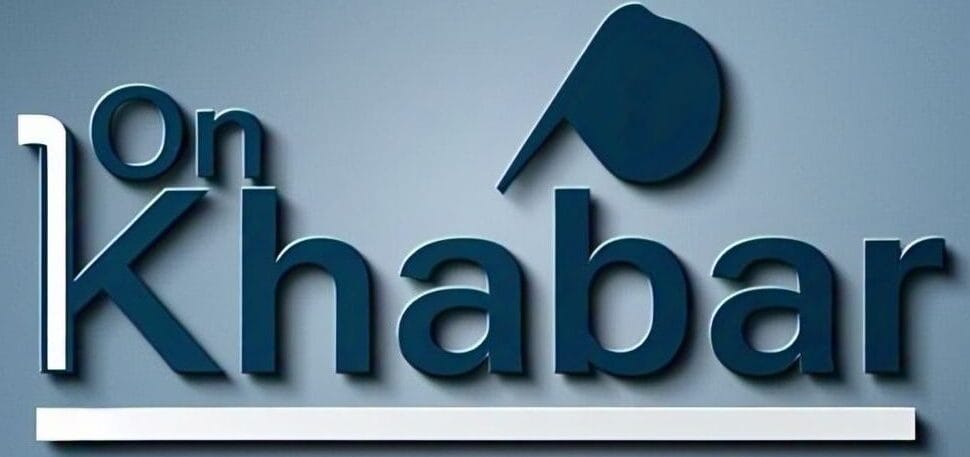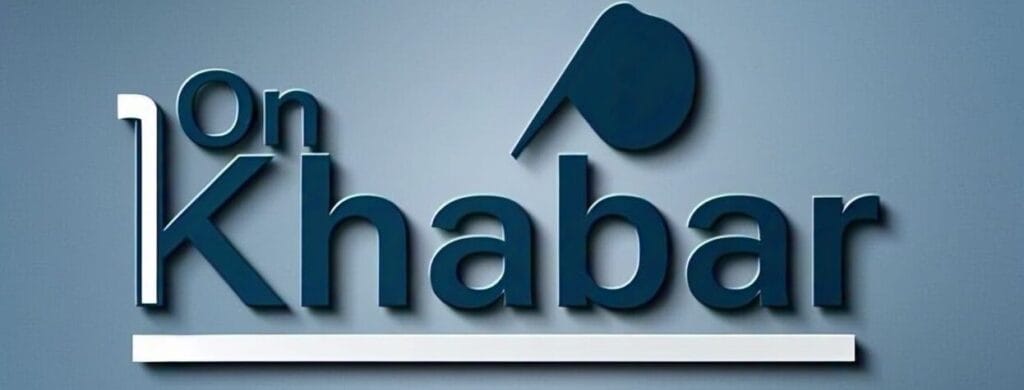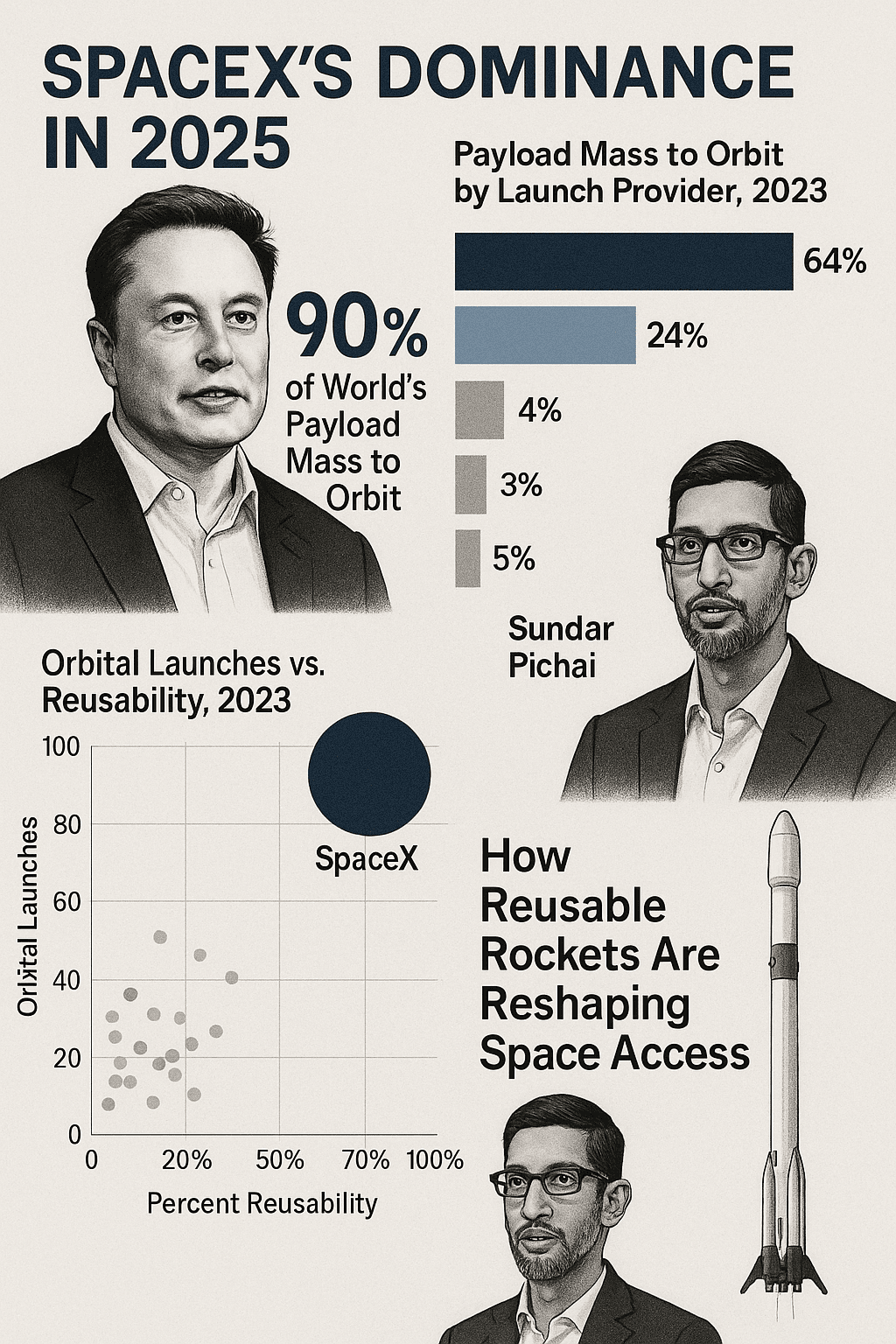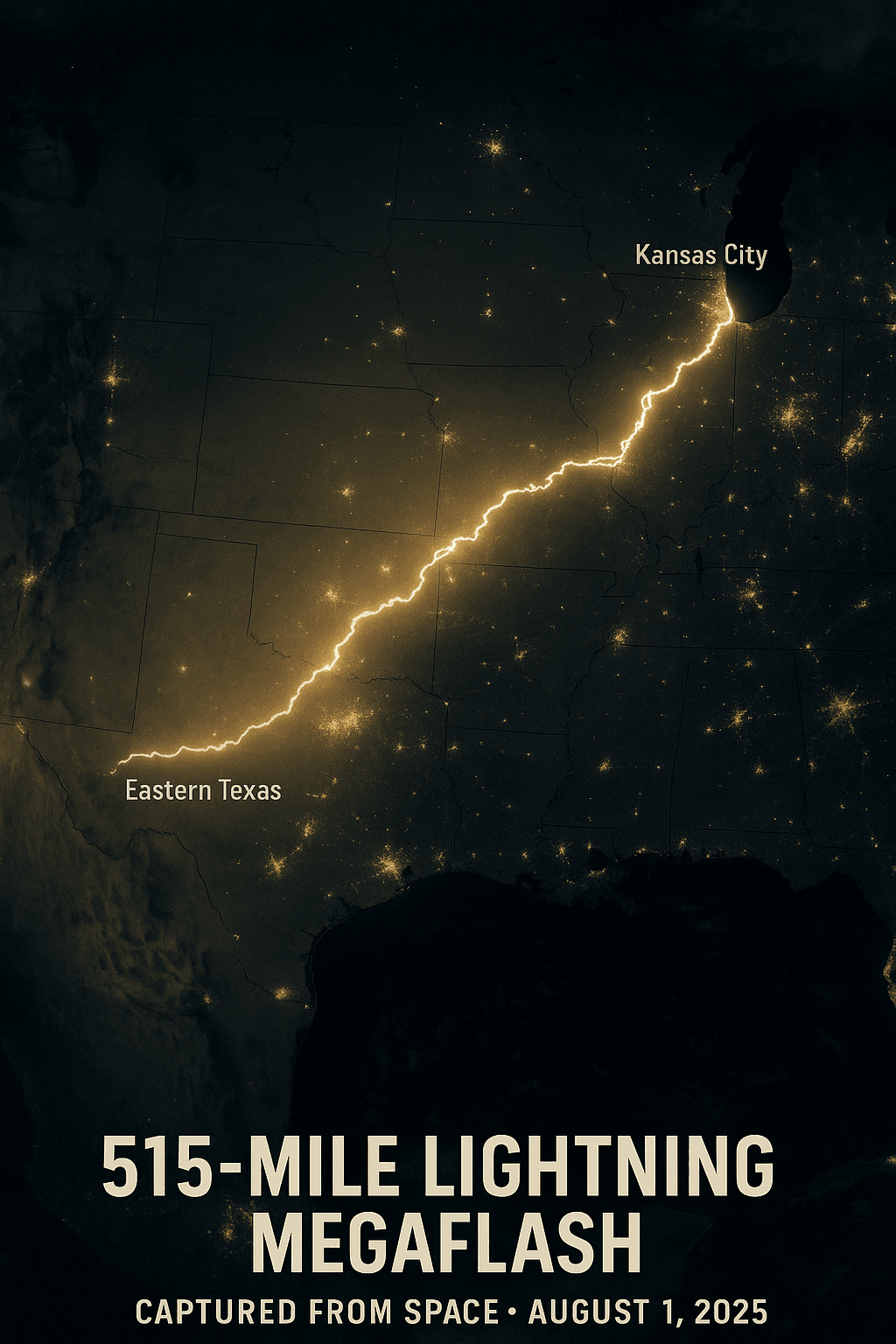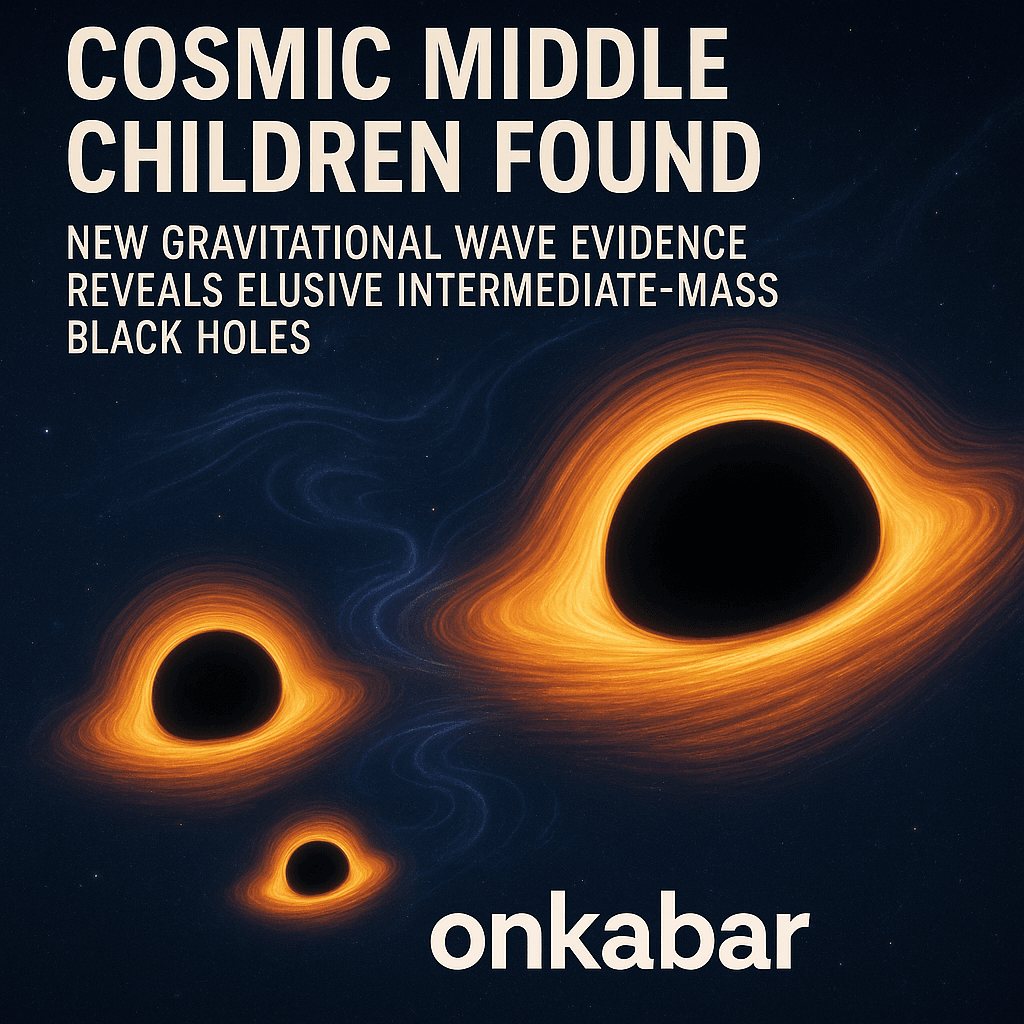
For decades, astronomers have hunted for a crucial missing piece in the cosmic puzzle of black holes: the intermediate-mass black hole (IMBH). Stuck between the well-studied “stellar-mass” black holes (5-50 times our Sun’s mass) born from dying stars and the behemoth “supermassive” black holes (millions to billions of solar masses) anchoring galaxies, IMBHs have been the elusive “missing link.” Now, groundbreaking research leveraging Nobel Prize-winning technology and AI is revealing compelling new evidence, bringing us closer than ever to understanding these cosmic middleweights and their role in the universe’s evolution.
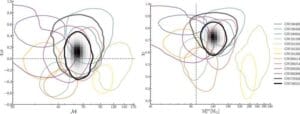
The Longstanding Cosmic Riddle
Imagine knowing about kittens and blue whales, but having only whispers of the existence of house cats. That’s been the challenge with black holes. We detect stellar-mass black holes merging via gravitational waves and observe supermassive ones feasting on stars. But the intermediate class, theorized to span roughly 100 to 100,000 solar masses, has remained frustratingly elusive. Where do they come from? How do they form? Are they the seeds of supermassive giants? Answering these questions is fundamental to piecing together cosmic history.
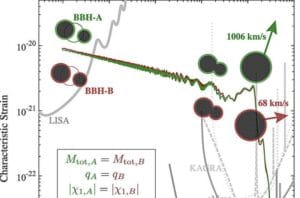
Vanderbilt Team Cracks Open the Gravitational Wave Window
A team led by Assistant Professor Karan Jani at Vanderbilt University, working through the Vanderbilt Lunar Labs Initiative, has made a significant leap forward. By reanalyzing data from the LIGO (USA) and Virgo (Italy) gravitational wave detectors – instruments sensitive enough to detect ripples in spacetime itself – during their third observing run, researchers identified signals pointing directly to the existence of IMBHs.

The key study, published in Astrophysical Journal Letters and spearheaded by postdoc Anjali Yelikar and Ph.D. candidate Krystal Ruiz-Rocha, focused on mergers involving black holes significantly heavier than typical stellar-mass collisions. Their analysis revealed gravitational waves corresponding to mergers of black holes between 100 and 300 times the mass of our Sun. These are the heaviest black hole merger events ever recorded via gravitational waves, firmly placing them within the IMBH candidate range.
Scientists have recently uncovered compelling evidence for the existence of intermediate-mass black holes (IMBHs), often referred to as the “missing link” in black hole evolution. These findings bridge the gap between stellar-mass black holes and supermassive black holes, enhancing our understanding of cosmic evolution
“Black holes are the ultimate cosmic fossils,” Prof. Jani explains, highlighting the significance. “The masses of black holes reported in this new analysis have remained highly speculative in astronomy. This new population of black holes opens an unprecedented window into the very first stars that lit up our universe.”
Discovery Highlights
Gravitational Wave Detection: Researchers reanalyzed data from the LIGO and Virgo observatories, identifying gravitational waves from mergers of black holes with masses between 100 and 300 times that of the Sun. These are among the heaviest gravitational-wave events recorded to date.
Challenging Existing Theories: Some of these black holes fall within the “pair-instability mass gap,” a range where traditional stellar evolution models predict that stars should explode completely, leaving no remnants. The existence of black holes in this range suggests alternative formation mechanisms.
Beyond the Blink: The LISA Revolution
While LIGO and Virgo are incredibly powerful, they capture only the final, split-second “chirp” of a black hole merger. For IMBHs, this brief snapshot makes it incredibly difficult to understand their origins and lifetimes. How did they get so big? Where do they reside?
This is where the future shines brightly. Jani’s team looked ahead to the Laser Interferometer Space Antenna (LISA), a joint ESA/NASA mission slated for launch in the late 2030s. In two companion studies published in The Astrophysical Journal (led by Ruiz-Rocha and former intern Shobhit Ranjan), the team demonstrated LISA’s revolutionary potential.
Unlike Earth-based detectors, the space-based LISA observatory will detect gravitational waves at much lower frequencies. This means it could track pairs of IMBHs – or potential precursors – for years or even decades before they finally collide. LISA will act like a cosmic surveillance system, revealing:
Where these IMBHs form (dense star clusters? galactic centers?).
How they evolve and gain mass.
Their dynamics, including powerful “recoil kicks” (shown in visualizations like GW190521) received during mergers that can eject them from their host environments.
Cleaning the Cosmic Static: AI to the Rescue
Detecting these subtle spacetime ripples is akin to hearing a pin drop during a hurricane. Gravitational wave data is plagued by environmental “noise” and instrumental “glitches.” A fourth study in The Astrophysical Journal, led by postdoc Chayan Chatterjee, tackled this head-on. Expanding Jani’s “AI for New Messengers Program,” the team developed sophisticated artificial intelligence models capable of robustly identifying and extracting true gravitational wave signals from IMBH mergers, even amidst noisy data. This ensures future detections are reliable and uncorrupted.
“We hope this research strengthens the case for intermediate-mass black holes as the most exciting source across the network of gravitational-wave detectors from Earth to space,” Ruiz-Rocha emphasizes. “Each new detection brings us closer to understanding the origin of these black holes and why they fall into this mysterious mass range.”
The Next Frontier: Listening from the Moon
The Vanderbilt Lunar Labs Initiative isn’t stopping with LISA. Yelikar points to the Moon as a potentially game-changing platform for future IMBH hunting. A gravitational wave detector on the lunar surface could access frequencies even lower than LISA, free from Earth’s seismic rumblings and atmospheric interference.
“Access to lower gravitational-wave frequencies from the lunar surface could allow us to identify the environments these black holes live in—something Earth-based detectors simply can’t resolve,” Yelikar states. This could finally answer where IMBHs call home.
Bridging Science and Exploration
Prof. Jani’s work extends beyond the lab. He’s contributing to a NASA-sponsored National Academies study identifying high-value lunar destinations for human exploration to achieve major scientific goals. Serving on the Panel on Heliophysics, Physics, and Physical Science, Jani will help define how human presence on the Moon can revolutionize studies in astronomy, solar physics, space weather, and fundamental physics – including the quest to understand black holes.
“This is an exciting moment in history—not just to study black holes, but to bring scientific frontiers together with the new era of space and lunar exploration,” Jani concludes with palpable enthusiasm. “We have a rare opportunity to train the next generation of students whose discoveries will be shaped by, and made from, the moon.”
The Verdict: The “Missing Link” Emerges
The combined force of cutting-edge data reanalysis, AI-powered signal cleaning, future space-based observatories like LISA, and the visionary prospect of lunar detectors is illuminating the long-dark realm of intermediate-mass black holes. These cosmic middle children are no longer mere theoretical phantoms; they are emerging as real, dynamic objects crucial to understanding the lifecycle of black holes, from the universe’s first stars to the giants at the heart of galaxies. The era of the intermediate-mass black hole has truly begun.
Stay tuned – the next gravitational wave detection could rewrite the cosmic story once again.
READ OUT-—— New COVID Variant NB.1.8.1 Landing in the US
